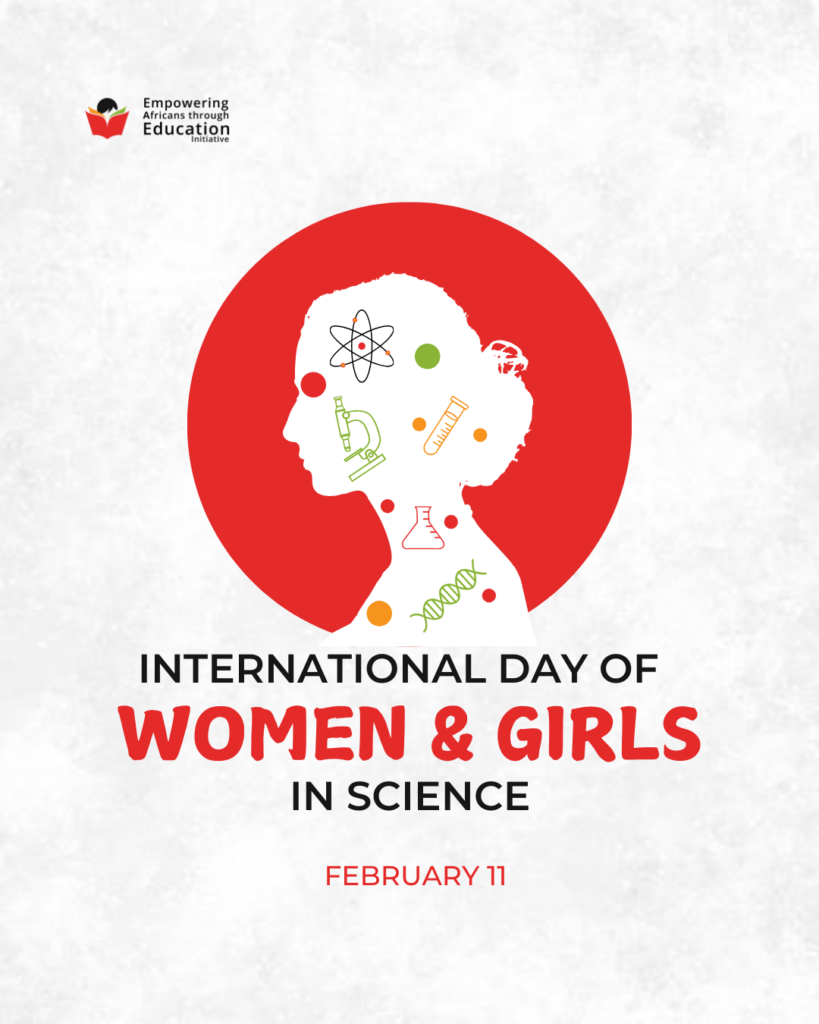Unpacking STEM Careers: Her Voice in Science

Science, Technology, Engineering, and Mathematics (STEM) fields are at the forefront of innovation and problem-solving. However, for decades, women have been underrepresented in these fields due to various barriers, including societal stereotypes, limited access to education, and lack of mentorship opportunities. Despite these challenges, women in STEM continue to break boundaries, paving the way for future generations.
Celebrating the 2025 International Day of Women and Girls in Science
The theme for the 2025 International Day of Women and Girls in Science, Unpacking STEM Careers: Her Voice in Science, emphasizes the importance of amplifying the voices of women in STEM. This annual observance, celebrated on February 11th, highlights the achievements of women and girls in scientific fields while advocating for gender equality in STEM education and careers. It serves as a global call to action to inspire more young girls to pursue science and to recognize the invaluable contributions of women in advancing knowledge and innovation.
The Gender Gap in STEM
While significant progress has been made, gender disparity in STEM careers persists. Studies indicate that women make up less than 30% of the global STEM workforce. This gap is more pronounced in engineering, computer science, and physics, where female representation remains critically low. Factors such as unconscious bias, cultural expectations, and workplace discrimination contribute to the underrepresentation of women in these fields. Addressing these challenges requires systemic changes, including equitable education policies, inclusive workplace cultures, and increased representation of female role models.
Why Women’s Voices Matter in STEM
The inclusion of women in STEM is not just about equity; it’s about progress. Diverse teams bring different perspectives, fostering creativity and innovation. Women’s contributions in STEM have led to groundbreaking discoveries, from Marie Curie’s pioneering work in radioactivity to Ada Lovelace’s foundational contributions to computer programming. Today, women continue to shape STEM fields in numerous ways—designing AI systems, leading space missions, and developing sustainable technologies.
Breaking Barriers: Encouraging More Women in STEM
To bridge the gender gap in STEM, it is essential to empower young girls and women through mentorship, education, and career development opportunities. Here’s how we can foster more female participation in STEM:
- Early STEM Education: Encouraging young girls to explore STEM subjects through hands-on learning, coding workshops, and science fairs can spark an early interest in these fields.
- Mentorship and Role Models: Having access to female mentors in STEM can provide guidance, motivation, and insights into career pathways.
- Scholarships and Funding: Financial support through scholarships and grants can help reduce barriers for women pursuing STEM degrees and careers.
- Inclusive Workplace Policies: Organizations must adopt policies that promote gender diversity, such as equal pay, parental leave, and zero-tolerance policies for discrimination.
- Visibility and Representation: Showcasing the achievements of women in STEM through media, conferences, and leadership roles helps challenge stereotypes and inspire the next generation.
The Future of Women in STEM
The future of STEM depends on inclusivity. By investing in education, mentorship, and workplace equity, we can ensure that more women not only enter but also thrive in STEM careers. Empowering women in STEM is a collective responsibility—one that requires collaboration from governments, educational institutions, businesses, and communities.
As we unpack STEM careers, let’s amplify Her Voice in Science. Because when women rise, science advances, and the world benefits from diverse ideas and groundbreaking discoveries.